GIS plays an important role in many environmental careers. As you take classes and build your skills, you may be wondering about the career pathways that GIS opens for you and the prospects for getting these jobs.
Long seem days when Entry-Level really meant no prior professional experience required. Somehow over the past decade, Entry-Level has morphed into meaning 1-2 years of experience, graduate-level education, and in some cases, the ability to obtain professional certification.
Do not dismay or lose interest in these seemingly unattainable jobs. Leverage classes to bolster resume experience. Showcase service-learning style experience, internships, teaching assistantships and semester projects where GIS skills were applied to real-world issues.
The career pathway for an aspiring candidate in GIS can be broken into several tiers each with increasing complexity and responsibilities.
[cjbn_cta]
GIS Technician
Responsibilities
The GIS Technician focuses on building entry-level candidates’ ability to collect, maintain, organize, and distribute geospatial data efficiently within the project team and to other theme specialists.
Background
Most successful undergraduate students with several semesters of GIS classes, teaching experience, or applied research are typically well suited for this role. For some career paths this skill level will be adequate throughout, where simple map visualization is sufficient and quantitative interpretation is studied in other statistical platforms.
Possible Roles
The Technician level will likely be sufficient for roles such as rangeland ecologists focusing on carrying capacity, who only need to visualize the GPS collar data to complement analysis or the fish biologist who will collect and map data on feeding, spawning, and breeding habitats for trout, but whose focus will not need overlay analysis.
Side Note: Overlay analysis is one of the fundamental applications of GIS, where one can, for example, overlay satellite imagery with habitat boundaries or water wells over bedrock geology.
The more GIS focused career path at the Technician level may serve multiple disciplinary teams and offices within a consulting company or conservation nonprofits such as the National Parks Conservation Association or The Trust for Public Land.
GIS Analyst
Responsibilities
Next up on the experience ladder is the GIS Analyst. Within this role a candidate leverages more of their interpretation skills through overlay of various spatial data and makes the implicit explicit. Applied classes in GIS that focus on vector and raster interpretation and remote sensing are beneficial in providing foundational knowledge on how to approach more complex spatial tasks.
Side Note:
Vector data are simply points, lines, and polygons that are used to describe real world features. Their advantage is the ability to store and relate attribute data (tabular).
Raster data is a grid of equally sized cells where a value is stored at the centroid of each cell similar to how a digital photograph stores color at each pixel. Raster analysis is efficient at combining or sampling multiple layers.
Background
Within the hierarchy of smaller companies and nonprofits the GIS Analyst still performs much of the technician duties, but from experience now applies efficient practices to menial tasks allowing the undertaking of more complex assignments.
Side Note: Central to these efficiency skills is a thorough understanding of database schema, quality assurance and control, and leveraging scripting and standard query language (SQL) for batch data cleaning. These skills are often gained in computer science classes for database design, R or Python (scripting), or learned by practice in the trade.
Possible Roles
In the consulting realm, the GIS Analyst may serve as the subcontractor to the fish biologist who collects the GPS data, but now wants it interpreted for proximity to pollution sources or sample bedrock geology characteristics.
At nonprofits, the Analyst role can bring spatial context to conservation proposals.
The conservation and environmental analyst often works on public-facing documents or interactive maps for stakeholders. For example, the federal Chronic Wasting Disease (CWD) program may ask the Fish and Wildlife analyst to compile field data from GIS technicians and map the spread of the disease over time in a state or region.
Side Note: No matter what the level, GIS professionals understand the necessity and time it takes to find and prepare the data. This often represents much of the time budgeted for a project.
[newsletter-signup]
GIS Project Manager
Responsibilities
Once 5 to 10 years of experience is attained, GIS professionals typically are looking for roles in Project Management. In this role, one interfaces more with clients, sets timelines, budgets, trains, and lends a hand in geospatial troubleshooting and critical decisions.
Background
GIS Analysts in smaller environmental companies and nonprofits likely have already begun to take on some of these responsibilities. However, the Project Manager directs technicians and analysts and bridges the gaps with other topic specialists within the organization.
At this point, the role is relying more on soft skills: employee, client, and stakeholder management. Oral and written communication is key. Candidates who make an effort to include peer review and orally present their findings to stakeholders or at conferences throughout their careers will be better prepared for such communication.
Possible Roles
Project Manager roles tend to be regional in structure. The fish and wildlife biologist may implement regional scale initiatives for habitat or migration corridor pathways and manage technicians and analysts across multiple districts. An example at the nonprofit, the Project Manager may implement an inventory of stream impairment throughout the Missouri River basin bringing in satellite offices, federal and state resources and other subcontractors.
Side Note: Around the 3-5 year mark, employees can take advantage of the GIS professional certificate (GISP). Another line on the resume, but an important one that can distinguish the common button pusher from the GIS professional.
Career Checkpoint
At this point in the career it is important to take stock of your skills and knowledge gained to better understand the breadth of your portfolio of experience. Have choices along the way pigeon-holed your skillset to running similar routines and scripts with the only difference being the client?
Try to remember along this journey to network with local professionals. Networking opportunities abound whether griping over a beverage about how the scale bar will not comply or taking on volunteer projects with the GISCorps to apply GIS for the betterment of all. Consider formalizing that time-saving script written after many late nights into a usable plugin by submitting it to the QGIS project.
GIS Supervisor/Coordinator
Responsibilities
After the 10 year mark the GIS Supervisor and Coordinator roles come within reach to those still steadfast in the profession. These positions require candidates to be well-organized leaders who translate the objectives into digestible tasks for the managers, analysts, and technicians.
Background
GIS Coordinators will need to have a well-versed background working with a variety of stakeholders and projects. Often, having a successful track record with government contracts and initiatives will be pivotal for the Coordinator in an environmental organization.
Possible Roles
The GIS Coordinator role focuses more on bringing in new projects and clients, proposal writing, and turning client and colleague ideas into spatial realities. Federal, state, and local government equivalents understandably have more demands on navigating bureaucracy in addition to the demands of planning, research, and asset management requests. The Coordinator may also be tasked with regional and local community outreach to better understand the conservation needs and complexity of various stakeholder groups.
The Big Takeaway
Keep in mind that not all environmental jobs are alike. Not all will require you to have this depth and breadth of knowledge to be a successful candidate.
At Montana State University nearly 75 different majors filter through the introduction to cartography and GIS class. Many never move on beyond that simply because their career path will only require them to collect and visualize data sets. For example, an environmental scientist may only spend a quarter or less of their time visualizing or running analysis in GIS and most of their duties focused on project coordination, interpretation of field samples, and report writing.
Regardless of the level or job, one thing is fundamental to success in the GIS world and that is a strong understanding of coordinate system management and data stewardship. Whether it is simple overlays or complex machine learning, knowing how to manipulate data between coordinate systems and preserve data quality is a cornerstone for any GIS user.
[background_block]
Nick Fox is an instructor at Montana State University in the Department of Land Resources & Environmental Sciences. His teaching interests include communication through cartography and GIS modeling in addition to geodesy and GPS field mapping.
[/background_block]

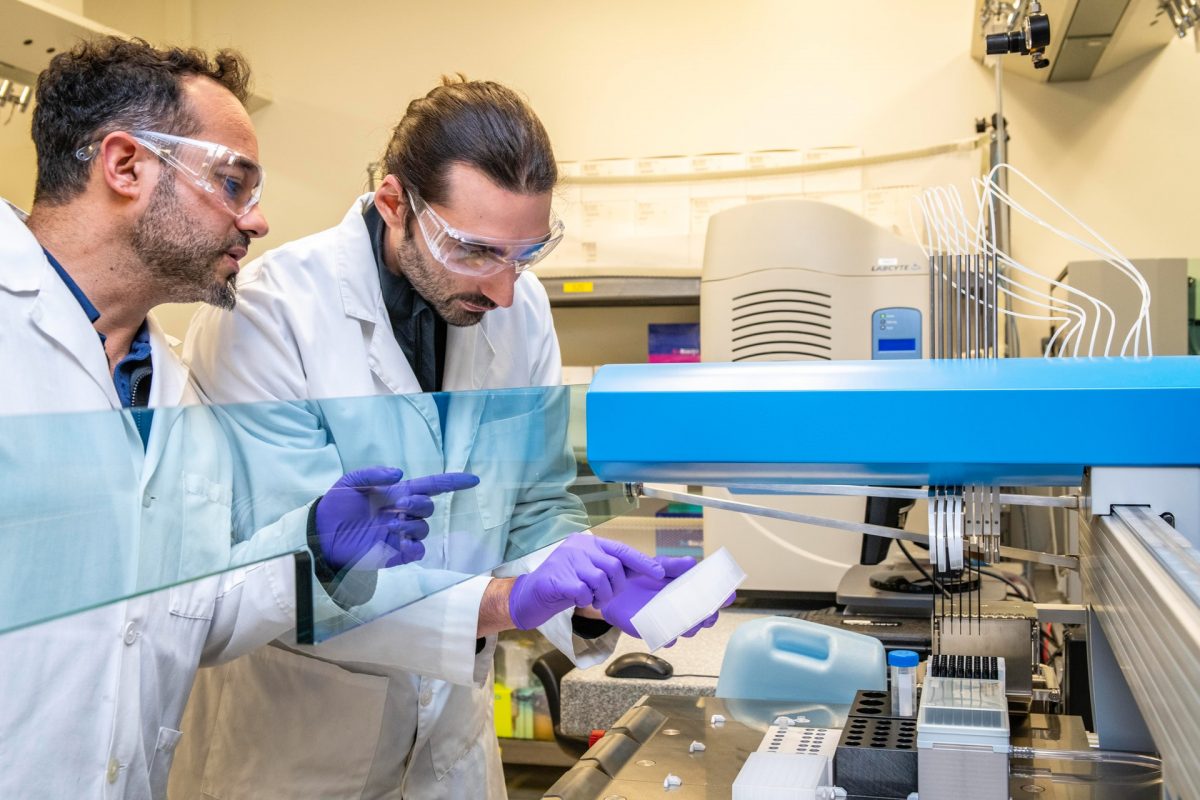


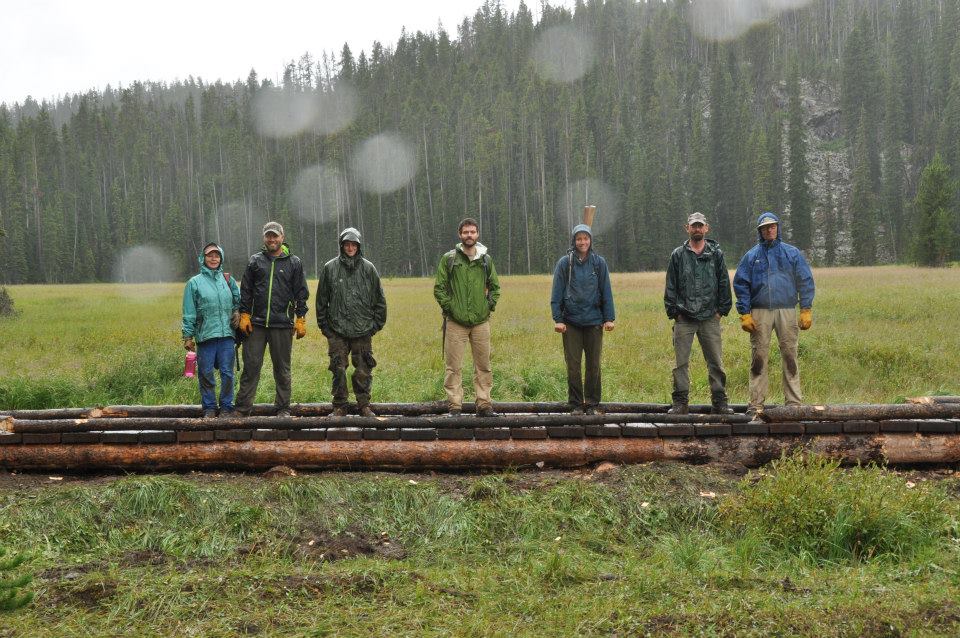

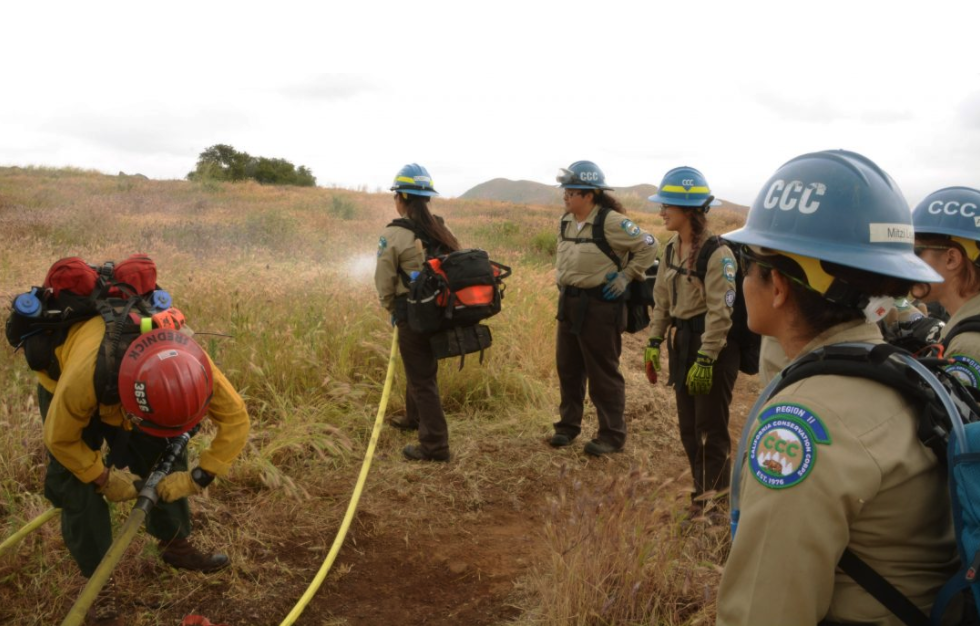


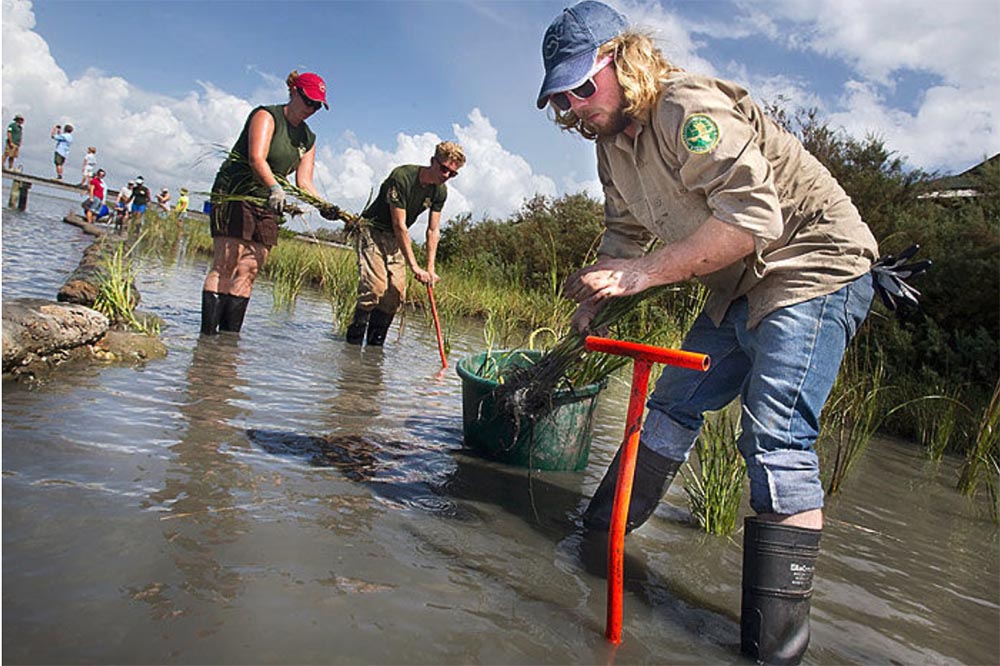
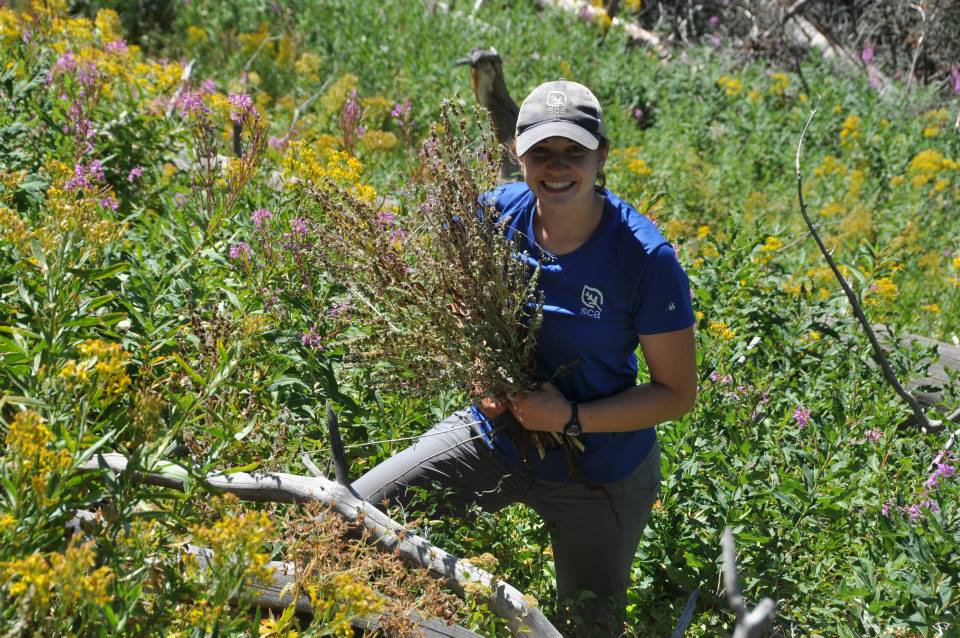

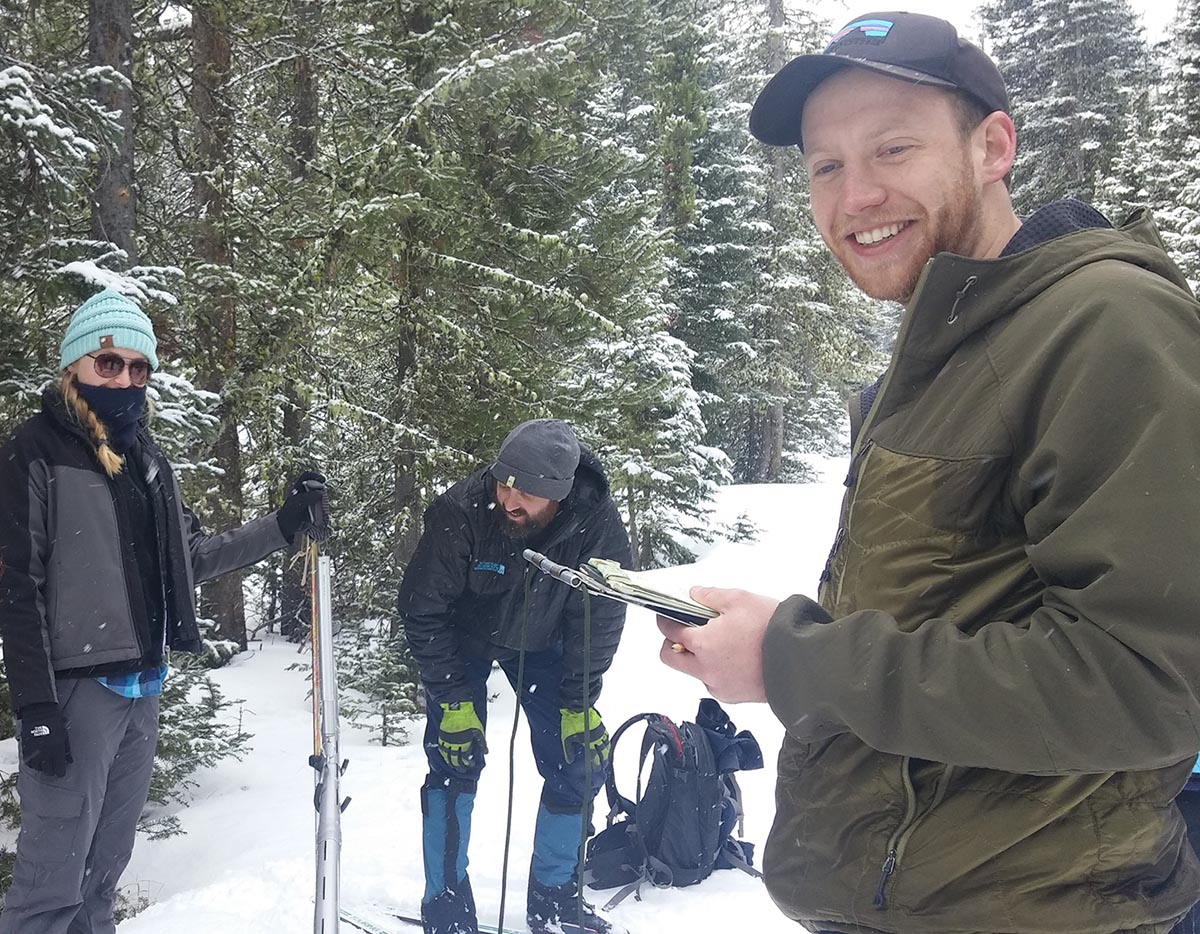


 Alyson Morris is the communications specialist for CJB Network and writes on environmental career development. She is a graduate student at the University of Oregon and is pursuing her Master’s in Strategic Communication. She is also an alum of both the Student Conservation Association and Big Sky Watershed Corps.
Alyson Morris is the communications specialist for CJB Network and writes on environmental career development. She is a graduate student at the University of Oregon and is pursuing her Master’s in Strategic Communication. She is also an alum of both the Student Conservation Association and Big Sky Watershed Corps.
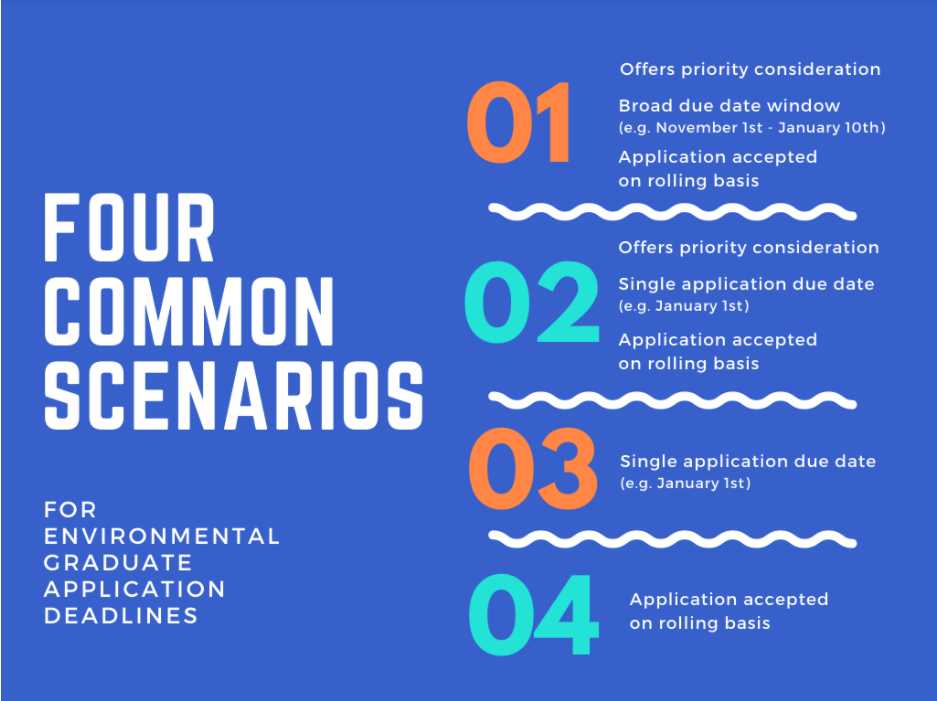

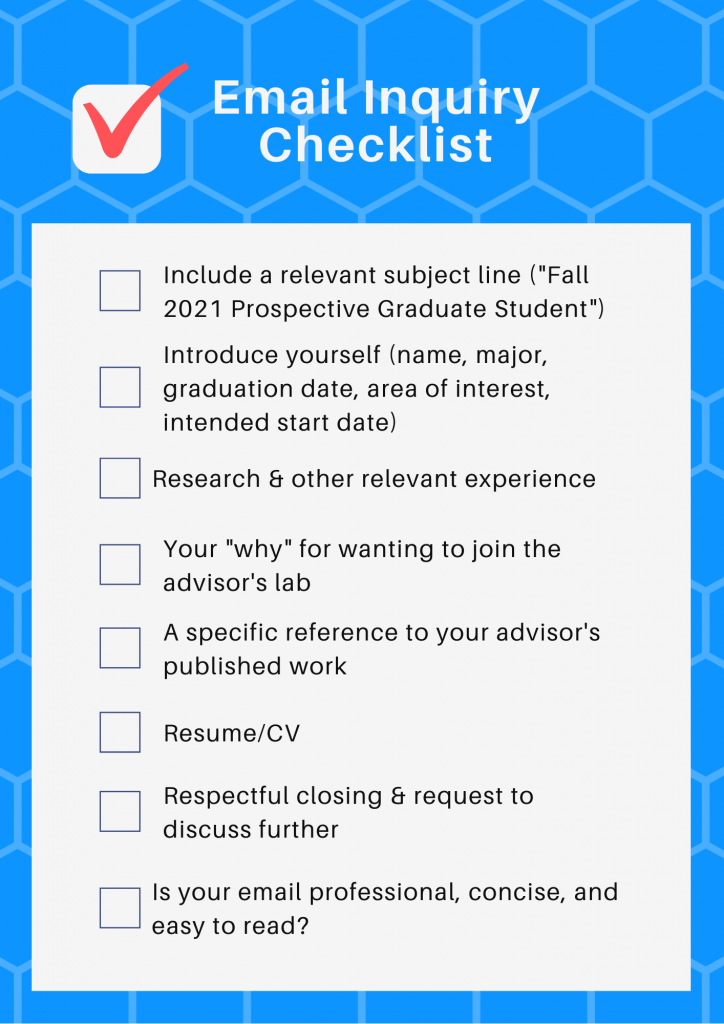

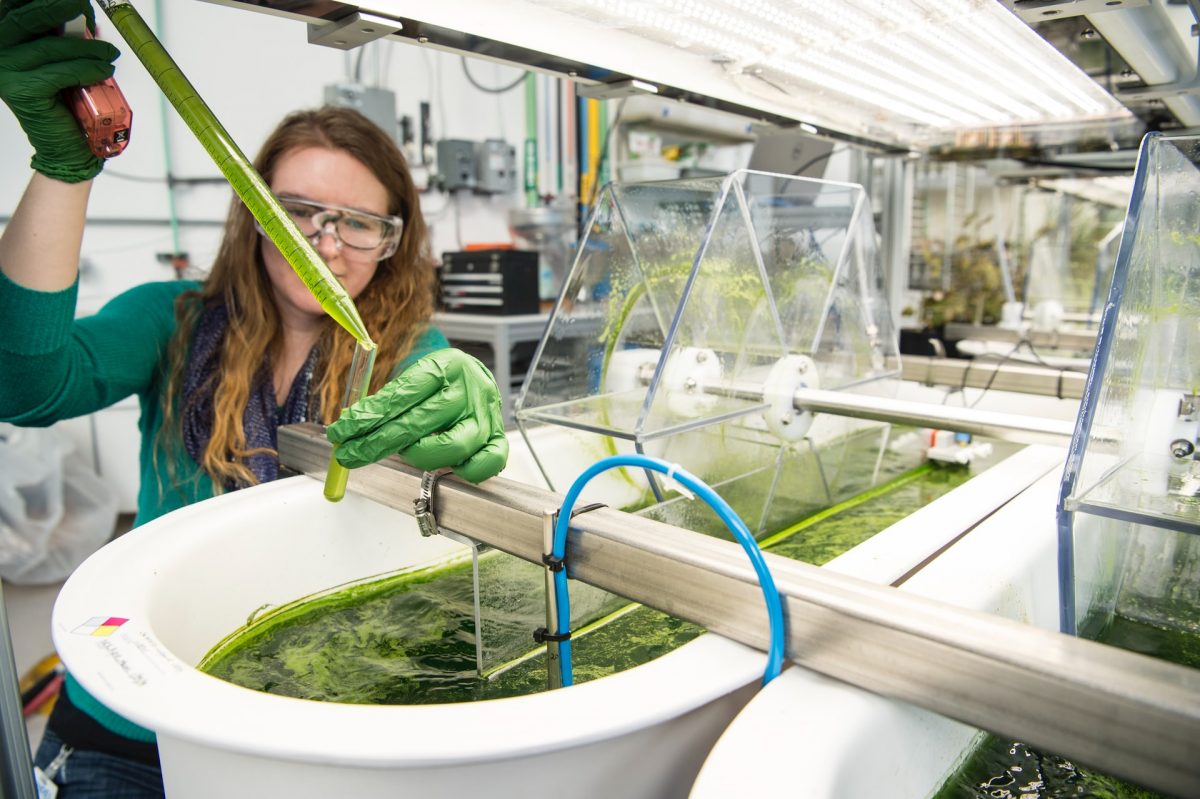


 Teaching Assistantships provide another source of potential funding for graduate students. The responsibilities of a teaching assistant can vary depending on the needs of the department or professor. Roles could include setting up lab equipment, grading tests and assignments, proctoring quizzes, keeping office hours, creating syllabi, and – of course – actually teaching classes. Before applying for a Teaching Assistantship, you should always try to find out what responsibilities the position will entail.
Teaching Assistantships provide another source of potential funding for graduate students. The responsibilities of a teaching assistant can vary depending on the needs of the department or professor. Roles could include setting up lab equipment, grading tests and assignments, proctoring quizzes, keeping office hours, creating syllabi, and – of course – actually teaching classes. Before applying for a Teaching Assistantship, you should always try to find out what responsibilities the position will entail. 
